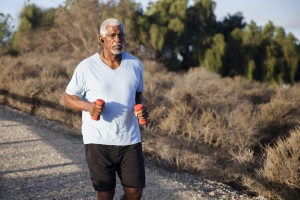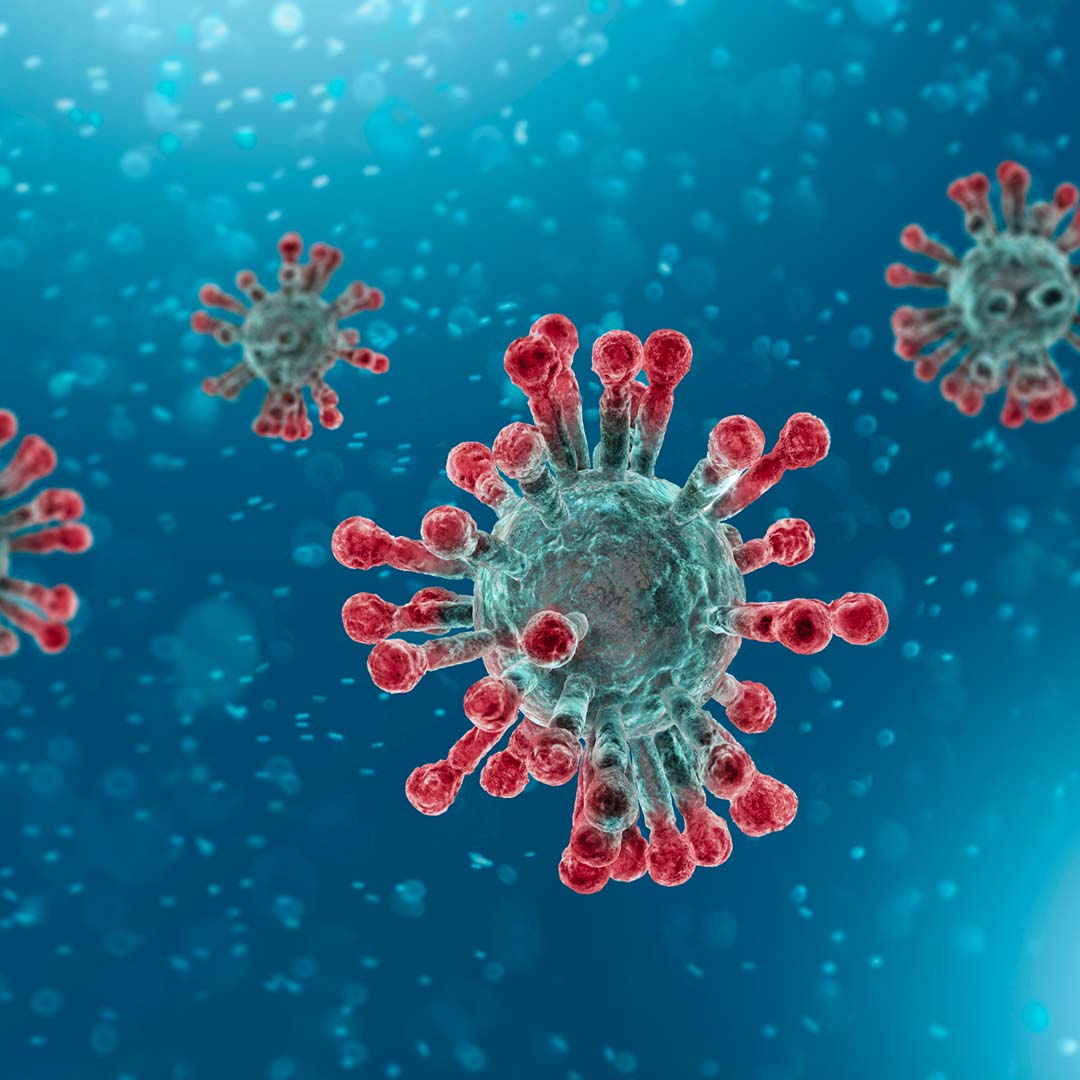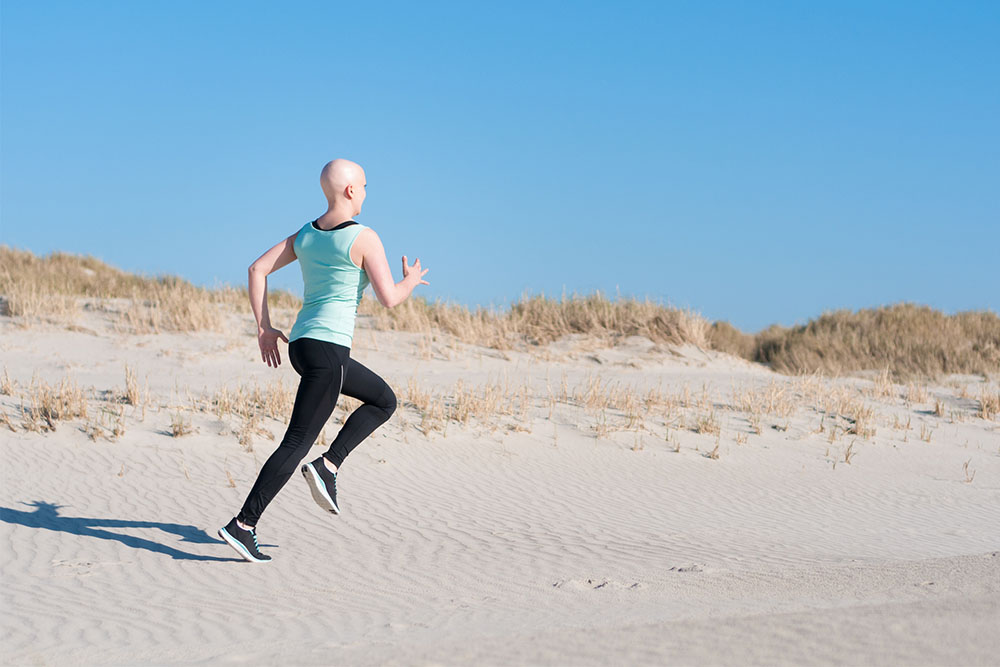A Short Workout Might Be All You Need

by Fiona Callender and Sara Thompson
Wheels up and full of excitement, Sara Thompson and I began our journey to Europe to meet with leading researchers in the field of high-intensity exercise. The first stop was at the University of Abertay to visit with John Babraj and James Cobley. John Babraj has become one of the major names in high-intensity interval training (HIIT). His one-minute exercise regime has gained significant interest by the media and to those looking for a time efficient way to exercise.
His associate, James Cobley, is a bright, up and coming scientist in the field of exercise and aging. James’ main research focus is on molecular adaptations of the musculoskeletal system in response to exercise, focusing on the protective effects of exercise on aging. We were interested in their thoughts on high-intensity exercise throughout individuals’ lifespan and the applicability of their research to the health and well-being of the general public. If you could get significant health benefits from just one minute of exercise performed a few times per week, wouldn’t you be a little curious as well?
Aging and Exercise
John and James were extremely welcoming when we met them at the University of Abertay in Dundee, Scotland. We immediately noticed how passionate they are about their work, which sparked our enthusiasm for our own project. They began by discussing aging and the discourse surrounding it. As a society, we tend to view aging as a depressing transformation, with loss of physical and mental function and diminished quality of life as inevitable consequences. Negative language such as “loss”, “decline” and “impairment” are common words used to describe this period in someone’s life.
John and James discussed “Optimal Aging,” a term to describe aging in a much more positive light. Both researchers suggest that the functional declines we associate with aging are due to inactivity, as opposed to inactivity being due to aging! In fact, they believe that it is possible for individuals to be happy, functional, and active throughout their entire lifespan.
HIIT Research in Older Adults
John and James discussed their research on the benefits of high-intensity interval training (HIIT) in a population of 62-69 year olds. Contrary to most studies in which the sample is extremely homogenous, these researchers recruited individuals who best reflected the average aging population. This meant that individuals who had conditions such as obesity, diabetes, and mild hypertension were included. In this way, their study was applicable to the typical aging population.

Related Article: Increase Strength, Increase Lifespan
The HIIT protocol that the participants performed may shock you. They completed 6 to 10 sets of six-second “all out” cycling on a stationary bike, alternated with approximately one minute of rest. This is only about one minute of actual work! When we asked them what the participants thought of the training, they shared that they actually loved it!
In fact, a few of them have actually continued the training after the study was complete. One man even dusted off his exercise bike in his garage to continue the exercise protocol at home. As this protocol of high-intensity training is so time efficient, it’s easy to fit in a few minutes of hard work into a busy schedule.
The Results
The participants not only enjoyed it, but they also reaped significant benefits from the training. In a 12-minute walk test on a treadmill, the participants were asked to choose a speed and stick with it. The gradient was then increased to 5% and they were to maintain that speed. After the exercise training, they not only self-selected a faster walking speed, but they were also more comfortable at that faster speed. Another test they did was the “shopping bag test”, a functional test where the participants were asked to carry a load that mimicked shopping bags for 50m.
After training, they increased their walking speed during this test by a whopping 20%! This test is of significant importance as it is a good measure of independence as individuals get older. An interesting fact was that although physical function improves with training, it also disappears quite quickly. You need to keep working on it! The cardiovascular benefits, on the other hand, tend to last a fair bit longer.
It’s fascinating that individuals reaped such huge health and functional benefits from such a short exercise stimulus. Dr. Babraj discussed that while the intervals are short, due to the repeated nature of the workout, individuals deplete their anaerobic energy systems and therefore rely on their aerobic system for the majority of the workout. This is quite phenomenal considering the sprints are only six seconds!
Related Article: The Real Benefits of High Intensity Interval Training
Achieve Effective, Short Workouts
You may be wondering what to do if you don’t have access to a stationary bike at home or don’t have access to a gym? Or maybe you just don’t enjoy the gym and would rather be exercising outdoors. John and James have a solution for this as well. They shared an anecdote of one of the study participants. While this participant is an avid cyclist, she used to avoid hills when she went on bike rides. Now after several weeks of HIIT, she blasts up them! Finding a hill is an easy way to get a high-intensity workout in.
Similarly, simply walking up the hill as fast as you can (or running depending on your fitness!) can elicit a high intensity workout. Walking up a hill is fairly low impact and allows you to push hard. This common message of “finding a hill” is consistent with what Dr. Jonathan Little is doing at the University of British Columbia with type 2 diabetic patients! John and James explained that while the specific protocol may differ between researchers (time, frequency and modality of exercise), the overall message is that high intensity exercise works. The important thing is to get out there and do what you will enjoy and stick to!
Longer Exercise Formats Work Too

When discussing the benefits of this type of exercise, John and James stressed that they are not suggesting individuals shouldn’t do other forms of exercise, such as longer, moderate-intensity activities. This is simply another form of exercise that can get you the same benefits (or more!) in a shorter amount of time. As opposed to finding time to complete different forms of exercise throughout the week (resistance, endurance, sprint), high intensity workout and find it less daunting to start, knowing the total duration is not very long.
Related Article: High-Speed Resistance Training
The Many Benefits of Exercise and Short Workouts
Finally, the researchers at Abertay discussed the seemingly infinite benefits of training. For example, individuals tend to show hypertrophy (growth) in the upper and lower body muscles after HIIT. If you consider that people lose approximately 1% body muscle mass per year, this is incredibly important to the maintenance of muscle mass (and the physical function that accompanies it!). HIIT has been shown to affect cognitive function as well. The researchers discussed studies that demonstrated mood changes with high intensity training, suggesting that there is a molecular link between exercise and depression.
Both researchers emphasized that the benefits of exercise (high intensity exercise in particular) are systematic – affecting all systems of the body–and that no single pill can mimic these effects. Most importantly, it appears that older adults have the same adaptations to high intensity exercise as younger individuals. The researchers emphasize that it’s never too late to start exercising!
John and James were so excited and enthusiastic about their work that as we left Abertay they had us wanting to be a part of their research team! They told us about studies they were starting and future ideas they had about the benefits of high intensity exercise. We look forward to hearing about these upcoming projects, and we’ll be updating you as we find out more!
You Might Like:















